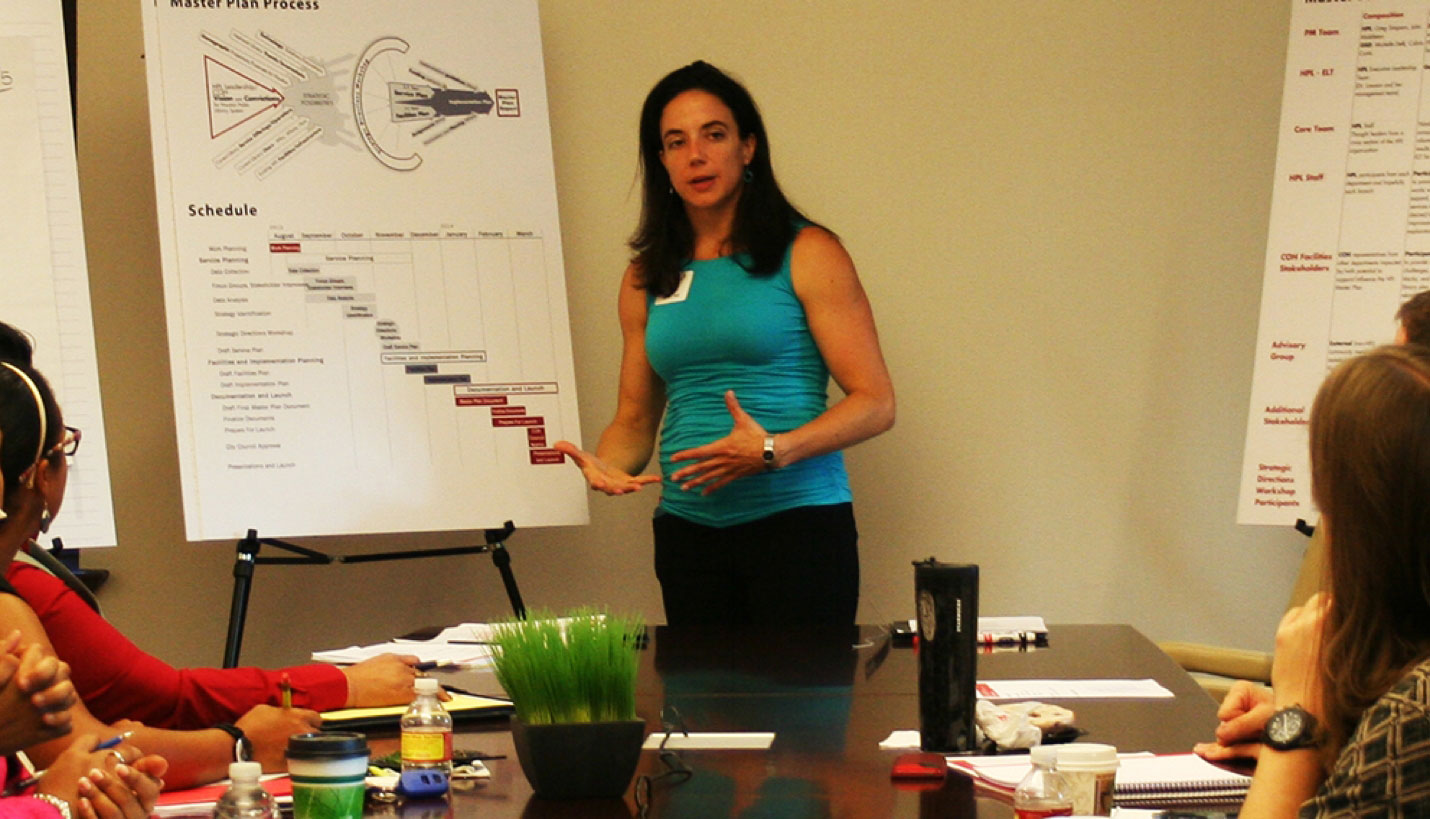

How Architects Do Get It
Christine Outram, in her recent post, criticizes the profession of architecture for failing to listen - contrasting the extremely detailed user research conducted by Starbuck's in generating their welcoming customer experience with the profession's failure to try to find out what people want, their motivations, etc. I think Christine's article makes some important points, but misses the mark in some important ways.
Read Christine's Recent Post: "What Starbucks Gets that Architects Don’t"
First, in her blanket statement that architects don't try, she is ignoring the entire practice of architectural programming. This subspecialty within the profession, pioneered at CRS in Texas in the 1970's as Problem Seeking, is alive and well and there are many descendants of that school of thought leading and directing architectural practices nationwide. Architectural programming is a recognized step in the official architectural process and offered as a course of study at many architecture schools - many firms do not have a separate, formal process for undertaking this, but most firms attempt it to some degree.
I specialize in predesign analysis and at different times and for different projects have employed most of the tools she describes. But my firm is very proud of this and we market ourselves as different because we have a formal process and dedicated professionals - it is a step we often hear that our competitors do not bother to thoroughly conduct. It is a specialty we practice because we believe thorough predesign analysis improves both the value of what we ultimately provide to our clients in the final design solution, and our ability to deliver that solution cost effectively (a clear understanding of the project prior to design greatly reduces expensive time redrawing projects).
Second, as Kaid Benfield notes in his blog post on her article comparing architectural practice in general to targeted retail branding and marketing efforts is off target - architects respond to their clients, and the specific client is very often not willing to open up the Pandora's box that open ended exploratory surveys entail. My experience dovetails with his - the best user participation happens on public projects - the projects that are undertaken by organizations committed to serving the needs of their community and recognizing the importance of including the community in the design process.
Where Christine's article is most on point, however, is in the profession’s slow adoption of new tools to gain quick input and expand the discussion. Even with tight controls imposed by client privacy concerns, many projects could benefit from quick polls and include end users better by providing them with a forum for comment and post occupancy observations. I'd love to see more of these tools employed and agree that it is a missed opportunity by our profession!
So I'm excited to take on the challenge of getting the word out that predesign analysis is alive and well (at least at Page) and get started exploring ways to employ some of the new techniques becoming mainstream thanks to the explosion of social media channels!
Contributed By
Jamie Flatt, LEED AP
11/06/2013








